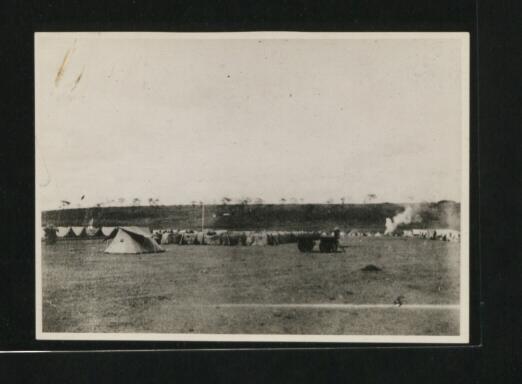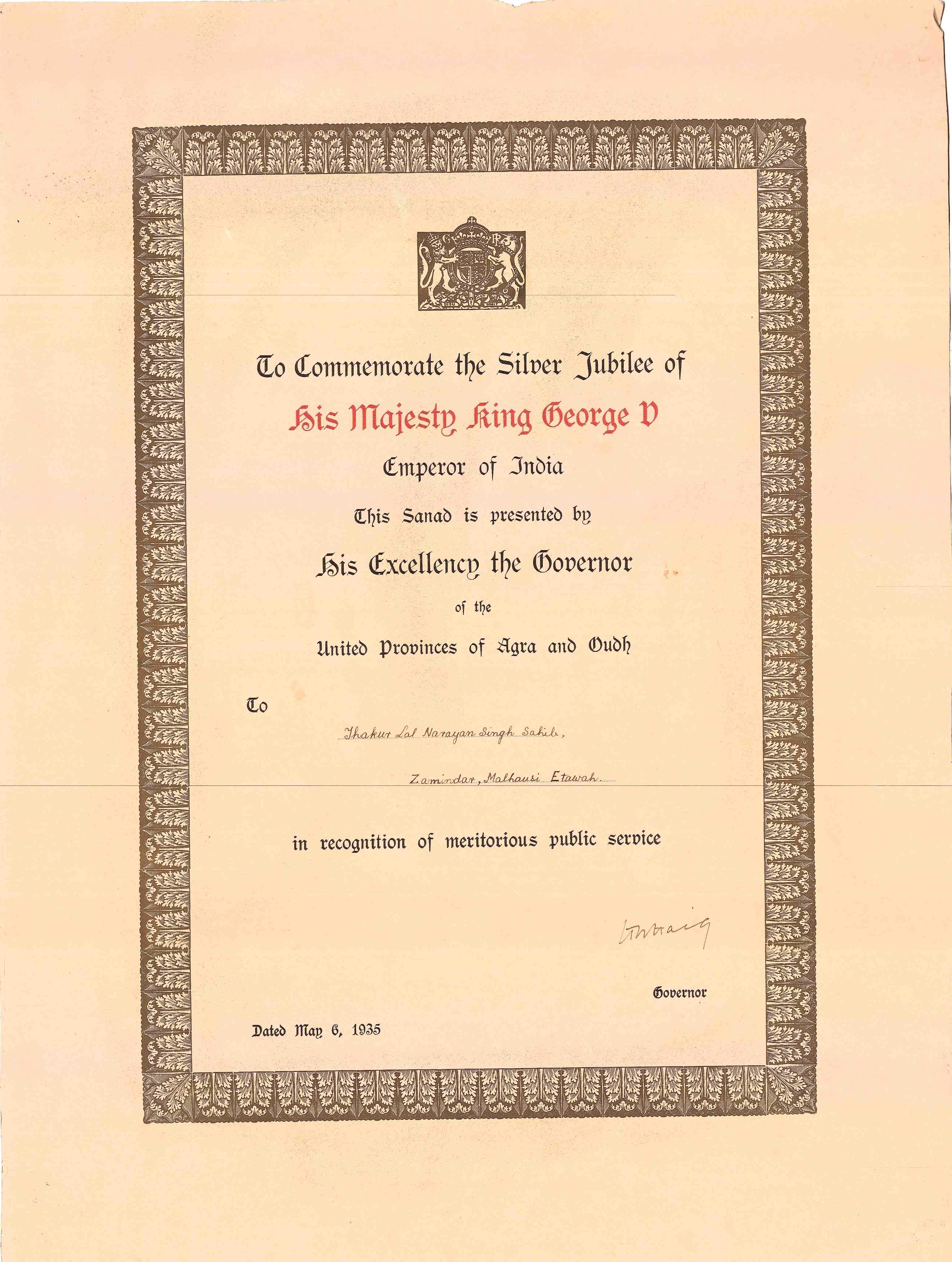|
Dagoretti Corner
Dagoretti is an area in the western part of Nairobi, the capital of Kenya. It straddles the Nairobi and Kiambu County boundary with the Dagoretti Road Reserve marking the psychological border point heading Northerly and North-Easterly. Administratively it is one of eight Divisions of Kenya, divisions of Nairobi. The Dagoretti division is divided into six Locations of Kenya, Locations. The former electoral Dagoretti Constituency had the same boundaries as the now defunct Dagoretti division. Etymology A possible Maasai origin of the name ''Dagoretti'' is the weed ''entiakuleti'' or ''Gomphocarpus physocarpus'' which grows around the area. This origin may be valid because neighbouring place-names such as Kileleshwa and Uthiru are derived from Maasai words for vegetation. A humorous story retold in Dagoretti Market and Thogoto areas is the mispronunciation of the Kikuyu statement ''ndagurite'' which could mean 'I had bought' or 'he had not bought', depending on the tonality. Apparent ... [...More Info...] [...Related Items...] OR: [Wikipedia] [Google] [Baidu] |
Nairobi
Nairobi is the Capital city, capital and largest city of Kenya. The city lies in the south-central part of Kenya, at an elevation of . The name is derived from the Maasai language, Maasai phrase , which translates to 'place of cool waters', a reference to the Nairobi River which flows through the city. The city proper had a population of 4,397,073 in the 2019 census. Nairobi is home of the Parliament Buildings (Kenya), Kenyan Parliament Buildings and hosts thousands of Kenyan businesses and international companies and organisations, including the United Nations Environment Programme (UN Environment) and the United Nations Office at Nairobi (UNON). Nairobi is an established hub for business and culture. The Nairobi Securities Exchange (NSE) is one of the largest stock exchanges in Africa and the second-oldest exchange on the continent. It is Africa's fourth-largest stock exchange in terms of trading volume, capable of making 10 million trades a day. It also contains the Nairobi ... [...More Info...] [...Related Items...] OR: [Wikipedia] [Google] [Baidu] |
Karen, Kenya
Karen is a suburb of Nairobi in Kenya, lying south-west of Nairobi's central business district. The suburb of Karen borders the Ngong Forest and is home to the Ngong Racecourse. Karen and Langata previously formed a somewhat isolated area of mid to high-income residents, but the two suburbs have become increasingly interconnected and linked to the rest of Nairobi through the expansion of the eponymous Langata Road and Ngong Road, the latter project completed in 2021. History Karen was previously in Ngong County. After Nairobi received city status in 1950 the counties were redefined. In 1963 Karen was placed under the Nairobi City Council's administration.De Lame, p177 "Karen was earlier an integral part of Ngong County. Nairobi acquired the status of City in 1950, which led to a redefinition of the counties, and in 1962, Karen was placed under the administration of the City Council." It is generally considered that the suburb is named after Karen Blixen, the Danish author of ... [...More Info...] [...Related Items...] OR: [Wikipedia] [Google] [Baidu] |
Title Deeds
A deed is a legal document that is signed and delivered, especially concerning the ownership of property or legal rights. Specifically, in common law, a deed is any legal instrument in writing which passes, affirms or confirms an interest, right, or property and that is signed, attested, delivered, and in some jurisdictions, sealed. It is commonly associated with transferring (conveyancing) title to property. The deed has a greater presumption of validity and is less rebuttable than an instrument signed by the party to the deed. A deed can be unilateral or bilateral. Deeds include conveyances, commissions, licenses, patents, diplomas, and conditionally powers of attorney if executed as deeds. The deed is the modern descendant of the medieval charter, and delivery is thought to symbolically replace the ancient ceremony of livery of seisin. The traditional phrase ''signed, sealed and delivered'' refers to the practice of using seals; however, attesting witnesses have replaced ... [...More Info...] [...Related Items...] OR: [Wikipedia] [Google] [Baidu] |
Waithaka
Waithaka is a settlement in Nairobi. Located within the Dagoretti area, it is approximately west of Nairobi central business district A central business district (CBD) is the Commerce, commercial and business center of a city. It contains commercial space and offices, and in larger cities will often be described as a financial district. Geographically, it often coincides wit .... It borders near Mutuini. Waithaka Ward is also an electoral division within Dagoretti South Constituency. The whole constituency is within Dagoretti Sub-county. References Suburbs of Nairobi Populated places in Nairobi Province {{Nairobi-geo-stub ... [...More Info...] [...Related Items...] OR: [Wikipedia] [Google] [Baidu] |
Uthiru
Uthiru is a settlement transversing in both Nairobi County and Kiambu County on the northwest side of the city centre of Nairobi. It is located between Kikuyu and Kangemi. The number of residents likely exceeds 100,000. It hosts a number of public institutions including University of Nairobi, Upper Kabete Campus, Kabete national polytechnic, and AHITI Kabete. ILRI (International Livestock Research Institute) has its headquarters in Uthiru. Kinoo Deanery of the Anglican Church of Kenya is divided into Kinoo, Muthiga, Uthiru, and Kiuru Parishes. It belongs to Uthiru Archdeaconry of The Diocese of Mount Kenya South. St Stephen Catholic Church exists in Uthiru. Educational Institutions * Uthiru Genesis School, * Creative Bestcare Junior School, * Cedar Grove Junior Academy, * Uthiru Girls High School, and * Uthiru High School exist. See also * Githurai * Huruma * Kawangware * Kiambiu * Kibera * Korogocho * Mathare Mathare is a collection of slums in Nairobi with a populati ... [...More Info...] [...Related Items...] OR: [Wikipedia] [Google] [Baidu] |
Kawangware
Kawangware () is a low income residential area in Nairobi, Kenya, about 15 km west of the city centre, between Lavington and Dagoretti. Description According to the 2009 Kenya Population and Housing Census, Kawangware's population was 133,286 people at this time. It is estimated that 65% of the population are children and youths. Most inhabitants live on less than $2 (although they earn in shillings) a day and unemployment is high; many are self-employed traders. There is a diversity of ethnic backgrounds. Kawangware slum has more posho mills than bars, making it an ‘ugali nation’ for its over 130,000 mouths whose palates, unlike those of other Nairobians, have no time for supermarket ''unga'', the grade-one sifted maize meal favoured by middle-class stomachs. Kawangware has a scarcity of safe drinking water. Water supplied by the city authority is not available every day or it's otherwise expensive. There are waterborne diseases, respiratory pneumonia, and malaria as ... [...More Info...] [...Related Items...] OR: [Wikipedia] [Google] [Baidu] |
Waiyaki Wa Hinga
Waiyaki Wa Hinga was the son of Kumale ole Lemotaka, a Maasai whose family sought refuge in Gatundu where he was hosted by the Gatheca's family, most likely during the Lloikop wars. Due to his Maasai background, Kumale ole Lemotaka was given the name Hinga by the Kikuyu, meaning dissembler, a name given to those who lived amongst Kikuyus but spoke the Maa language or had lived among Maasais before. Waiyaki Wa Hinga was the owner of a large Agikuyu fort at the frontier of Kikuyu country. Upon encountering the Imperial British East Africa Company, he was genuinely interested in establishing and cementing ties with them. We see this when Waiyaki welcomes Frederick Lugard, and gives him land so that he can set-up a fort. However, there was a mis-understanding right from the very beginning on which position Waiyaki held in Kikuyu society. British officials understood him to be the "Paramount Chiefs of the Agikuyu". However, Kikuyus did not have paramount chiefs in their political syste ... [...More Info...] [...Related Items...] OR: [Wikipedia] [Google] [Baidu] |
Sámuel Teleki (explorer)
Count Sámuel Teleki de Szék (1 November 1845 – 10 March 1916) was a Hungary, Hungarian exploration, explorer who led the first expedition to Northern Kenya. He was the first European to see Lake Turkana. Early life Teleki was born in 1845 in Ernei, Sáromberke, a village in Transylvania, then in the Kingdom of Hungary and today in Romania. He was a member of the Teleki, Teleki family, a prominent Hungarian family active in both politics and culture. His great-grandfather Sámuel Teleki (Chancellor), Sámuel Teleki (1739–1822), a chancellor of Transylvania, had founded the Teleki library in Târgu Mureș, Marosvásárhely (today Târgu Mureș, Romania), one of the first Hungarian public libraries, which opened in 1802 and holds today more than 200,000 volumes. For some 40 years, Count Sámuel Teleki von Szék, "a jovial Hungarian aristocrat of immense wealth," managed his property and assets and started a political career by becoming a member of the Hungarian Upper Hou ... [...More Info...] [...Related Items...] OR: [Wikipedia] [Google] [Baidu] |
Imperial British East Africa Company
The Imperial British East Africa Company (IBEAC) was a commercial association founded to develop African trade in the areas controlled by the British Empire. The company was incorporated in London on 18 April 1888 and granted a royal charter by Queen Victoria on 6 September 1888. It was led by the Scotsman William Mackinnon and built upon his company's trading activities in the region, with the encouragement of the British government through the granting of an imperial charter, although it remained unclear what that actually meant. The IBEAC oversaw an area of about along the eastern coast of Africa (from modern-day Somalia to modern-day Kenya), its centre being at about 39° East longitude and 0° latitude. Mombasa and its harbour were central to its operations, with an administrative office about south in Shimoni. It granted immunity of prosecution to British subjects and allowed them the right to raise taxes, impose custom duties, administer justice, make treaties and ot ... [...More Info...] [...Related Items...] OR: [Wikipedia] [Google] [Baidu] |
Frederick Lugard, 1st Baron Lugard
Frederick John Dealtry Lugard, 1st Baron Lugard (22 January 1858 – 11 April 1945), known as Sir Frederick Lugard between 1901 and 1928, was a British soldier, Exploration, explorer of Africa and colonial administrator. He was Governor of Hong Kong (1907–1912), the last Governor of Southern Nigeria Protectorate (1912–1914), the first High commissioner, High Commissioner (1900–1906), the last Governor (1912–1914) of Northern Nigeria Protectorate and the first List of governors and governors-general of Nigeria, Governor-General of Nigeria (1914–1919). Early life and education Lugard was born in Madras (now Chennai), India, but was brought up in Worcester, England, Worcester, England. He was the son of the Reverend Frederick Grueber Lugard, a British Army chaplain at Madras, and his third wife, Mary Howard (1819–1865), the youngest daughter of Reverend John Garton Howard (1786–1862), a younger son of landed gentry from Thorne, South Yorkshire, Thorne and Melbourne, ... [...More Info...] [...Related Items...] OR: [Wikipedia] [Google] [Baidu] |
Kabete
Kabete is the ancestral name of the present Kiambu county. Today, it is a neighbourhood that located along the border of Nairobi County, Nairobi and Kiambu County, Kiambu counties. It is located less than outside of the capital city of Nairobi. According to the 2009 census, the Kabete area has a population of 140,427. As part of the Nairobi Highlands area, the region's environment remains unpolluted. Anthropologist Louis Leakey was born in Kabete. His nickname was Giteru and hence the reference Kabete gwa Giteru (Meaning Kabete, Giteru's place). The Mary Leakey High School, founded in the Lower Kabete area remains as part of his family's legacy. Kabete town also has the Kabete National Polytechnic, that offers tertiary education. References Kiambu County Populated places in Central Province (Kenya) {{CentralKE-geo-stub ... [...More Info...] [...Related Items...] OR: [Wikipedia] [Google] [Baidu] |



